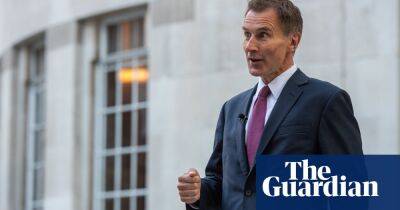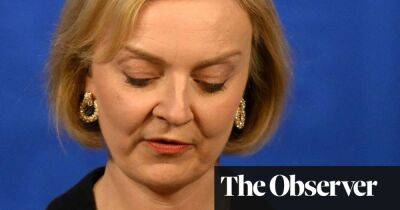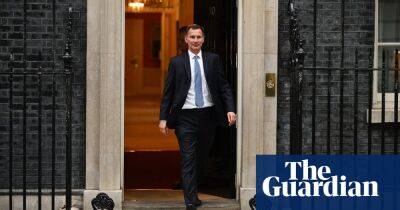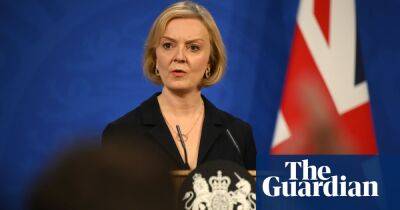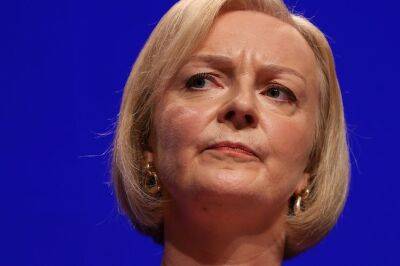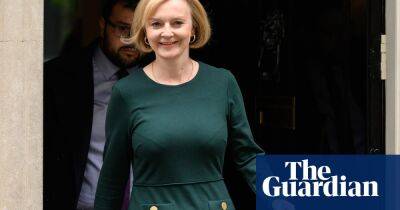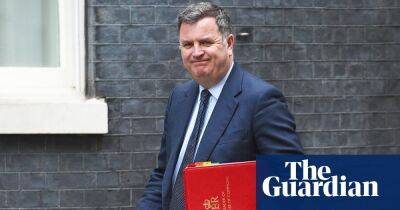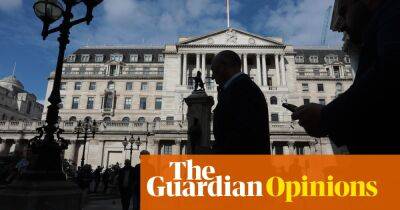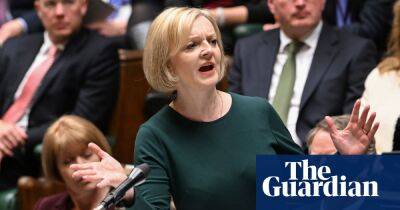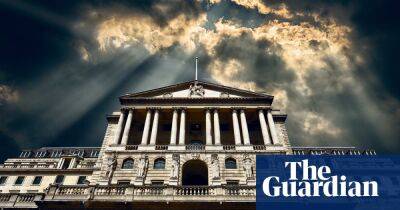After a disastrous mini-budget can Liz Truss tackle the myriad crises looming ahead?
Liz Truss is hoping her conference speech on “growth, growth, growth” will have set a new agenda for her party, drawing a line under the disastrous week of her U-turn over the 45p tax rate and 10 days of market turmoil after the mini-budget.
However, she is facing a perilous few weeks and months ahead, with multiple potential crises on the horizon and warnings of a winter of discontent. Here are some of the most difficult and intractable problems.
The Office for Budget Responsibility’s draft figures on the state of the public finances should have landed on the desk of Kwasi Kwarteng, the chancellor, by the end of Friday. These will shine a light on whether and when it is realistic that tax cuts promised by Truss and Kwarteng are likely to lead to higher growth. And they will give an indication of the impact of more than £70bn of extra borrowing. Those forecasts will supposedly not be published for the next few weeks, until Kwarteng brings forward a further medium-term fiscal plan some time between the end of this month and 23 November. But the government is going to face a battle keeping those numbers secret if they are bad, and the Lib Dems will next week table a humble address asking for their immediate publication. The markets will be looking for reassurance from the OBR, so Truss and Kwarteng may have to look at rowing back more measures from the mini-budget if they want a calm response to the fiscal plan.
This is one of the most dangerous issues for Truss. If people are experiencing rolling three-hour blackouts, the government is likely to see a backlash, even if Russia cutting off gas supplies to Europe is the root cause.
Likewise, if factories and businesses have to curtail operations, it will have a substantial
Read more on theguardian.com




